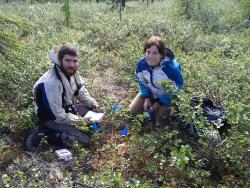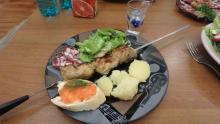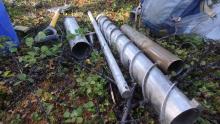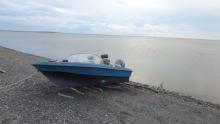Update
Now Archived! PolarConnect event with Stan Skotnicki and Mike Loranty from the Northeast Scientific Station in Russia on Tuesday, 12 July 2016. You can access this and other events by visiting the PolarConnect Archives. https://www.polartrec.com/polar-connect/archive
What Are They Doing?

Where Are They?

Latest Journals

Mike Loranty is an Assistant Professor of Geography at Colgate University who studies how carbon, water, and energy are exchanged between terrestrial ecosystems and the atmosphere. Dr. Loranty’s current research projects are focused on understanding how boreal forest and arctic tundra ecosystems respond and feed back to climate warming. His work utilizes field observations, models, and satellite remote sensing. Much of his work is focused on the Siberian arctic, and this summer will be his sixth field season there.





